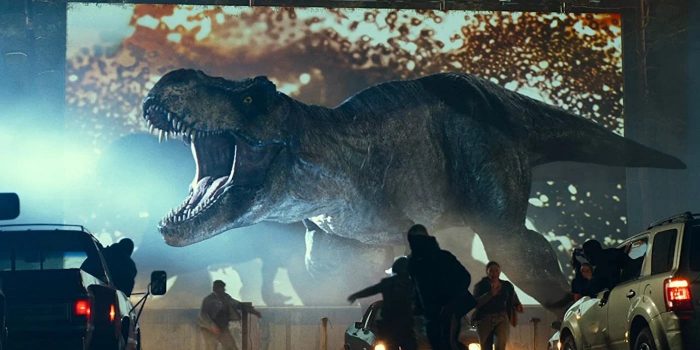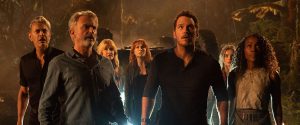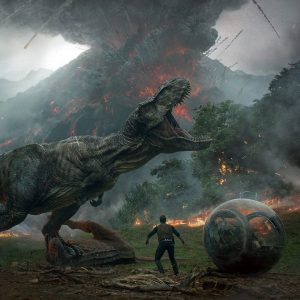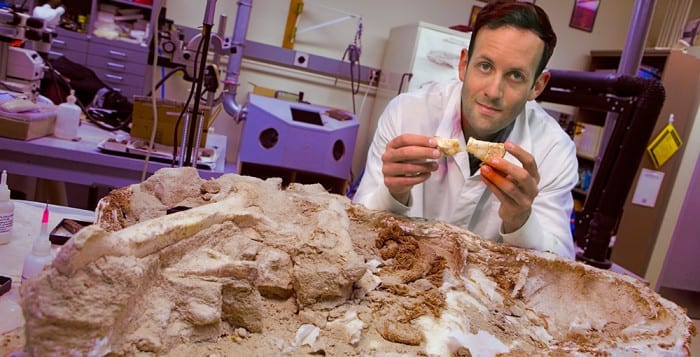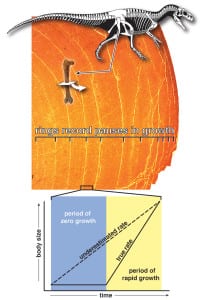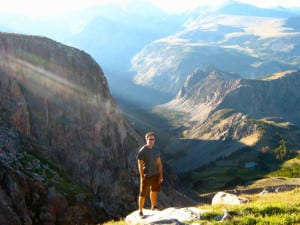The Bronx Zoo’s First-Ever After Dark Haunted Experience
New for 2022, the Bronx Zoo is adding an after-hours event – Dinosaurs in Darkness: The Hatching. This is the zoo’s first-ever Halloween nighttime event for older audiences. Dinosaurs in Darkness transforms the fan favorite Dinosaur Safari into a thrilling nighttime experience each Friday and Saturday night from October 7-29 (including Monday Oct. 10). The Hatching is a scary Halloween walk-through experience that sends participants on an adventure that brings them up close with prehistoric creatures in a whole new way as they follow the story of a rare dinosaur egg, found intact after 66 million years, that is finally ready to hatch! What could possibly go wrong? This is an after-hours event and is ticketed separately from Bronx Zoo admission. It is recommended for ages 13 and up. More information and tickets are available at https://bronxzoo.com/dinos-in-darkness.
See a video here: Dinosaurs in Darkness: The Hatching
The tradition of Boo at the Zoo will operate at the Bronx Zoo during normal open hours each Saturday and Sunday from October 1 to 30 (including the holiday, Monday October 10). Outdoor activities will include the popular professional pumpkin carving demonstrations and displays; magic and mind reading shows; trick or treating on the Candy Trail; and the spooky extinct animal graveyard. Animal-themed costumed stilt walkers and Halloween animal puppets will headline the costume parade, and everyone can meet live vultures, owls, ravens and other birds each day on the zoo’s historic Astor Court. Finally, October and Boo at the Zoo is the last chance to catch the Dinosaur Safari. The experience will go extinct on October 30.
See a video here: Boo at the Zoo
For more information, tickets and a full schedule of activities, visit the website at BronxZoo.com/Boo-at-the-Zoo.
About the Bronx Zoo: The Bronx Zoo, located on 265 acres of hardwood forest in Bronx, NY, opened on Nov. 8, 1899. It is world-renowned for its leadership in the areas of animal welfare, husbandry, veterinarian care, education, science and conservation. The zoo is accredited by the Association of Zoos and Aquariums (AZA) and is the flagship park of the Wildlife Conservation Society (WCS) which manages the world’s largest network of urban wildlife parks including the Bronx Zoo, Central Park Zoo, Prospect Park Zoo, Queens Zoo and New York Aquarium. Our curators and animal care staff work to save, propagate, and sustain populations of threatened and endangered species. We have educated and inspired more than 400 million visitors at our zoos and aquarium since our opening and host approximately 4 million guests at our parks each year – including about a half-million students annually. The Bronx Zoo is the largest youth employer in the borough of the Bronx, providing opportunity and helping to transform lives in one of the most under-served communities in the nation. The Bronx Zoo is the subject of THE ZOO, a docu-series aired world-wide on Animal Planet. Members of the media should contact [email protected] for more information or with questions.


